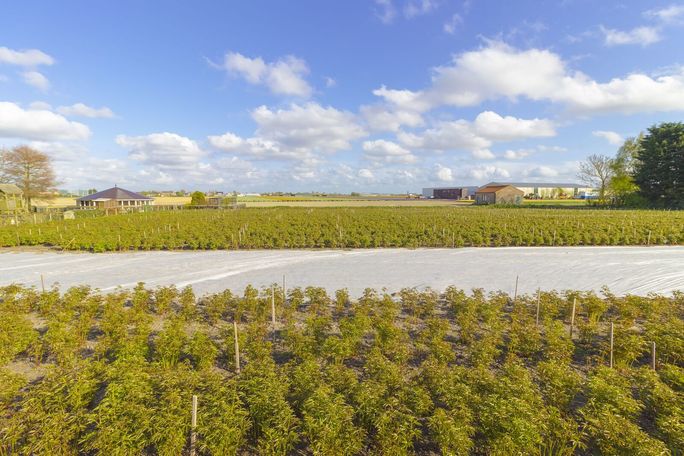Steep Hill Labs recently posted more information on how the smoke could be affecting the cannabis crop in the state as many farmers worry about “smoke taint”.
Many are working to figure out how they can help in this time following the devastating fires in California. Cannabis crops could be negatively affected by a myriad of factors during a nearby fire. Chemicals including carbon monoxide, nitrogen oxide, ozone, sulfur, and more are present in the smoke and can damage biochemical processes.
For example, ozone stunts plant growth, sulfur dioxide results in necrotic lesions, and nitrogen oxides affect cellular and whole-plant metabolism. These are just some of the issues that the release from Steep Hill cited as things to consider on cannabis farms within the affected California areas. They also mentioned that heavy smoke exposure reduces photosynthesis, stomatal conductance, intercellular CO2 concentration, and CO2 assimilation rate. All of these facts are based other plants, the effects of “smoke taint” on cannabis flowers has not yet been studied.
According to Steep Hill, the effect of smoke on cannabis flowers will vary based on:
- Fire type
- Intensity
- Duration of smoke exposure
- Proximity
- Topography
- Strain physiology
- Bud structure
- Canopy density
- Plant age
- Water stress
To verify the level of contamination conduct a visual and olfactory evaluation:
- How damaged are your flowers?
- Is there a discernable smoke smell?
- Are buds covered in soot or other visible particulates?
- Tap or shake colas over a clean sheet of paper; if visible particulate and ash fall onto surface, flowers are heavily contaminated with particulates.
Plants that have been affected by smoke will appear pale and dry. They will also lose their vigor and vitality, almost looking as if they’ve been choked. Large leaf areas and stalks will trap smoke particles. Phenolic compounds and particulates enter through the stomata or cuticle before being translocated throughout the plant. If a plant has been affected, the cannabis testing lab discussed smoke remediation at the end of the important press release.
Spoiler from Steep Hill Labs: once flowers have been contaminated remediation is very expensive and extremely difficult. They advise that any cannabis tainted by smoke be remediated as much as possible before entering the market. The most prominent issue that arises from smoke taint is degraded flavor and product, which may be remediated by a talented extractor as the wrong extraction method could simply amplify the flavor of the smoke.
At its worst, these particles can promote growth of molds and yeasts. It can also be dangerous to those with smoke allergies, especially when inhaled. They also advise that cultivators monitor the water sources nearby after for ammonia and nitrate concentrations for several months after the fire. If these products must be introduced to the public, it is advised that they be kept out of medical markets.








